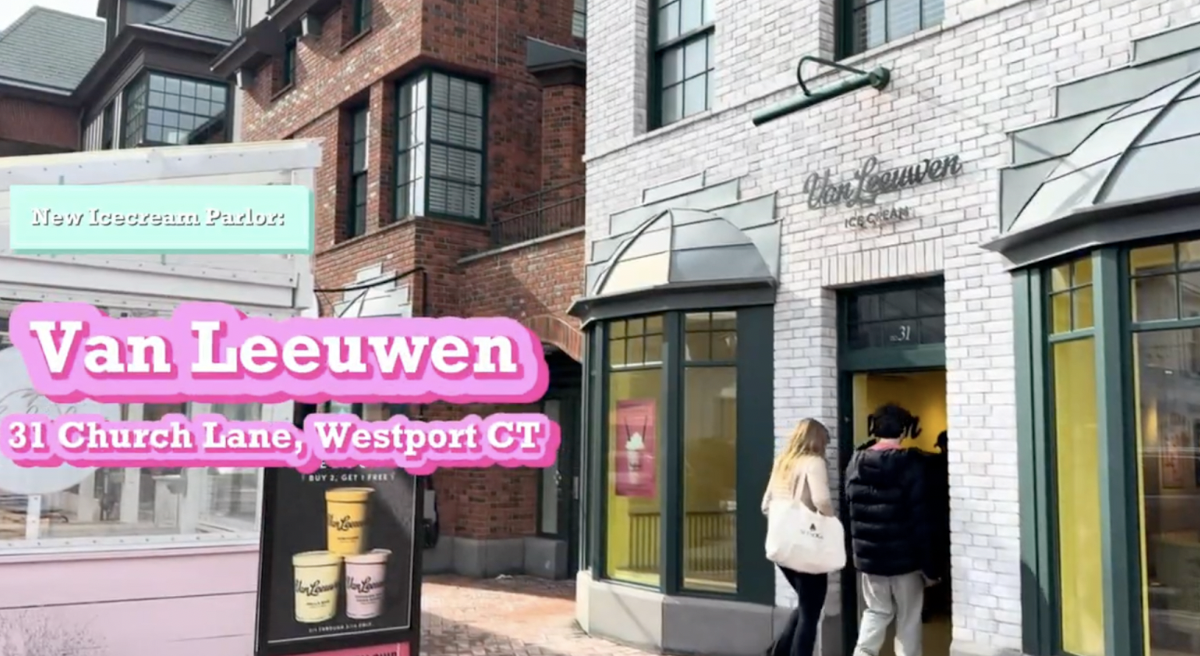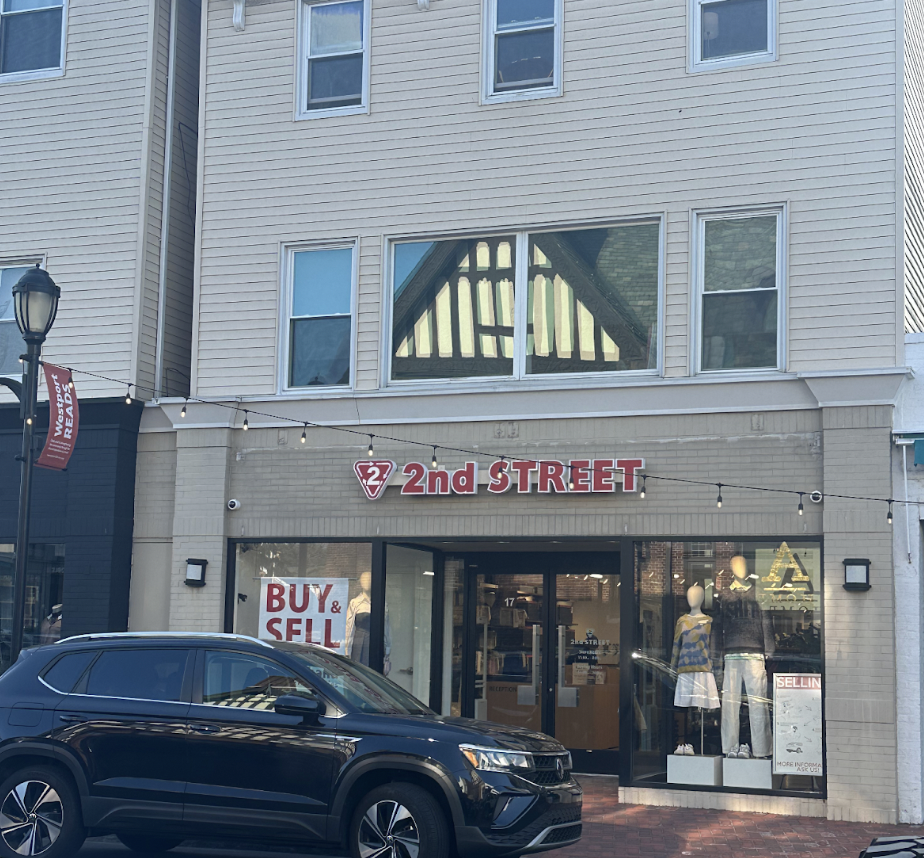“I remember when we first saw the house. We fell in love with it. It was a classic New England farmhouse. I love a front porch and a perched roof. It was unmolested, frozen in time,” said Joshua Prince, owner of a house on Long Lots dated to 1871.
According to Prince, his house originally belonged to Joseph Jennings, where it functioned as an onion farm.
Prince and his wife Emily purchased the house 13 years ago and have since put much work into it to reach its current state.
“An expansion to the house had been done in the 1920s, but it had not been done very well. We rebuilt the entire expansion,” Prince said.
However, Prince made sure that the expansion of the house would fit in with the original section of the house.
“The new part of the house is made of reclaimed timber from an old farm. This makes the old floor boards look more authentic. It preserves the integrity of the house,” he said.
The historical memories are what drew Prince to living in the house.
“I like the feeling of living in a place where you know people have come before you. Its crazy to think that people could have been talking about the Civil War in the same room I where I listen to my iPod,” Prince said.
However, Prince’s goal in regards to the house is not to recreate history exactly as it was in 1871.
“We have decorated the house with a combination of modern and vintage furniture. We are not trying to reproduce history, however, when you see the old and the new together, it makes it look even older,” he said.
There are many interesting features of this house that were common when it was created, but are unusual today. There is an alcove at the top of a staircase that according to Prince could be a “coffin rest,” a place to balance a coffin as it is being carried down a staircase.
There is also small a room hidden behind a brick wall that laborers found while working on the basement.
“It’s a bit of a mystery,” said Prince. “It might have been a room used to preserve vegetables, or something completely different.”
However, maintaining a house that is over one hundred years old requires much more upkeep than a comparable new house.
“We have to keep up with taking mold off of the wood, and things need repainting much more frequently as the paint doesn’t stick to the old wood as well as new wood” Prince said.
Prince feels strongly that historically important houses in town should be preserved.
“Legally we can do anything to our house, but I feel as if we have a duty to preserve it,” Prince said. “You can’t manufacture 150 years of people walking on floors. It has a patina and a history that cannot be replicated.”











































